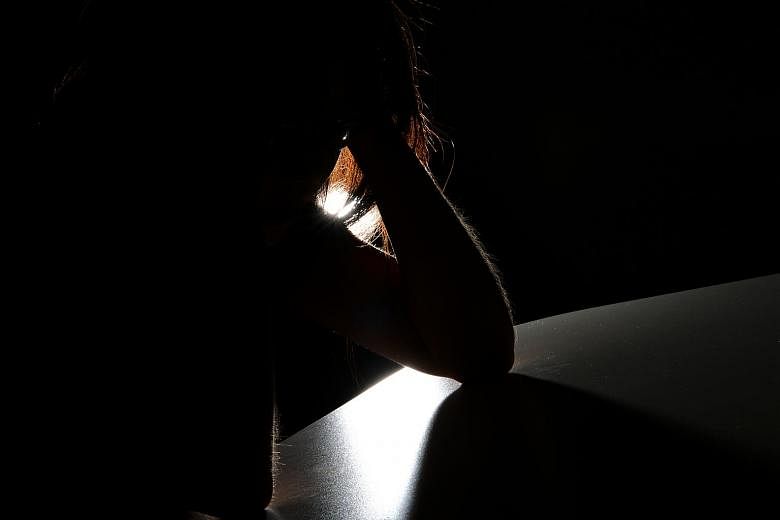The book, Breaking The Silence: Bullying In Singapore, lists several signs indicating a child may be a target of bullying.
The more signs there are, the greater the likelihood the child is being bullied, wrote the authors, Ms Esther Ng, founder of Coalition Against Bullying for Children and Youth, and Dr Ken Rigby, adjunct professor of research at the School of Education, University of South Australia.
However, they cautioned that the list is a guide, and each sign may indicate something other than bullying.
PHYSICAL SIGNS
Unexplained bruises, scratches or cuts, and torn or damaged clothes or belongings.
PSYCHOSOMATIC SIGNS (PHYSICAL SYMPTOMS CAUSED OR AGGRAVATED BY MENTAL FACTORS)
Non-specific pains, headaches and abdominal pains.
CHANGES IN SCHOOL-RELATED BEHAVIOUR
Fear of walking to or from school, change of route to school, reluctance to go to school, deterioration in schoolwork and reports of loss of possessions.
CHANGES IN SOCIAL BEHAVIOUR
Having fewer friends, not wanting to go out and being invited out much less.
EMOTIONAL INDICATORS
Appearing upset, unhappy and distressed, becoming withdrawn and depressed, and having suicidal thoughts and unexpected mood swings.
WORRYING BEHAVIOUR
Irritability and temper outbursts, loss of appetite, over-eating, sleeplessness, nightmares and bed-wetting.
INDICATORS OF POOR HEALTH
General tiredness, low resistance to infection and recurring illnesses, and suicide threats or attempts.
Calvin Yang

